
The new year is here—and we all feel terrible about ourselves.
We ate too many fatty foods on Christmas and imbibed too much booze on New Year’s Eve. We’ve been in close proximity to the children in our extended family at various gatherings, so chances are we are fighting off some terrible illness. We probably also spent way too much money this holiday season and we most likely are still finding stray tree needles in the carpeting and along the baseboard.
It is the perfect time for a resolution or two. But rather than spending more money that we don’t have on a gym membership that will almost certainly atrophy from lack of use, head to a local supermarket and bask in the weirdness and wonder of health-boosting winter fruits.
Carambolas
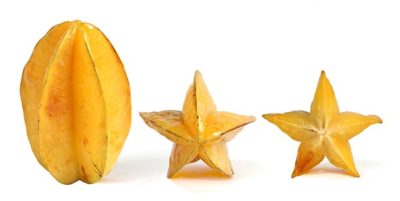 Better known as starfruit because of its star-shape when sliced, these exotic fruits are higher in vitamin C and potassium and lower in calories than most domestic fruits. Star fruit is also high in polyphenols, which lowers inflammation and, as such, is great for your heart. With a taste reminiscent of citrus, apple and pear, carambolas make for a unique addition to salads.
Better known as starfruit because of its star-shape when sliced, these exotic fruits are higher in vitamin C and potassium and lower in calories than most domestic fruits. Star fruit is also high in polyphenols, which lowers inflammation and, as such, is great for your heart. With a taste reminiscent of citrus, apple and pear, carambolas make for a unique addition to salads.
Kumquats
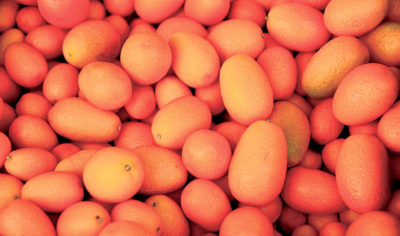 These tiny citrus fruits look like the product of an orange’s one-night-stand with a grape. With thin, edible skins, they are an astoundingly great source of vitamin C and dietary fiber. Just pop the entire fruit in your mouth—skin and all—for a sweet, sometimes tart, eye-opening experience. If you are so inclined, slice kumquats and add them to a salad or a roasted chicken dish.
These tiny citrus fruits look like the product of an orange’s one-night-stand with a grape. With thin, edible skins, they are an astoundingly great source of vitamin C and dietary fiber. Just pop the entire fruit in your mouth—skin and all—for a sweet, sometimes tart, eye-opening experience. If you are so inclined, slice kumquats and add them to a salad or a roasted chicken dish.
Rambutans
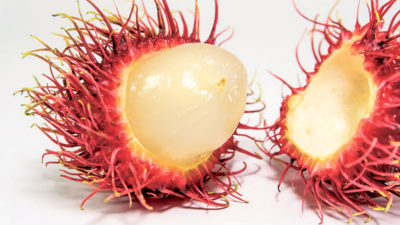 This is about as alien as fruit gets. Also appetizingly known as a hairy lychee, these tropical mouthfuls are packed with antioxidant flavonoids that might reduce the risk of chronic diseases and cardiovascular problems. Eating the hairy exterior is not recommended, so remove the outer layer before popping the rambutan into your mouth.
This is about as alien as fruit gets. Also appetizingly known as a hairy lychee, these tropical mouthfuls are packed with antioxidant flavonoids that might reduce the risk of chronic diseases and cardiovascular problems. Eating the hairy exterior is not recommended, so remove the outer layer before popping the rambutan into your mouth.
Persimmons
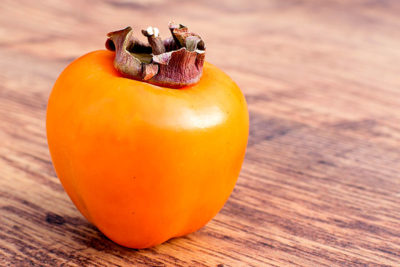 Known in some circles as “Sharon fruit” and in others as “fruit of the gods,” persimmons are loaded with fiber and vitamins A and C. Look for persimmons that are glossy, bright and smooth without any unsightly bumps or cracks and definitely with the leaf still attached. Scoop out and eat the insides as you might a kiwi—or eat skin and all as you might with a kiwi if you’re into fuzzy textures.
Known in some circles as “Sharon fruit” and in others as “fruit of the gods,” persimmons are loaded with fiber and vitamins A and C. Look for persimmons that are glossy, bright and smooth without any unsightly bumps or cracks and definitely with the leaf still attached. Scoop out and eat the insides as you might a kiwi—or eat skin and all as you might with a kiwi if you’re into fuzzy textures.
Quinces
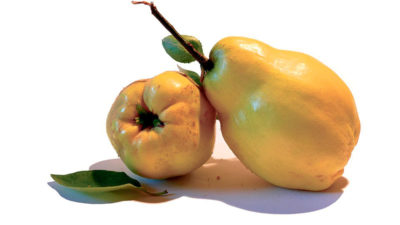 These rounded yellow fruits masquerade as apples and pears, but they offer much more below the surface than those usual fruits. Quinces are high in anti-viral phenolic compounds that have been found to ward off the influenza virus, making them essential for winter eating and also a great alternative to the needle. Many believe quinces are best eaten cooked, so add them to slow-cooker stews or roasts.
These rounded yellow fruits masquerade as apples and pears, but they offer much more below the surface than those usual fruits. Quinces are high in anti-viral phenolic compounds that have been found to ward off the influenza virus, making them essential for winter eating and also a great alternative to the needle. Many believe quinces are best eaten cooked, so add them to slow-cooker stews or roasts.
So if you want a beach body that doesn’t resemble a beach ball, start the new year with a bushel of winter fruits.


















